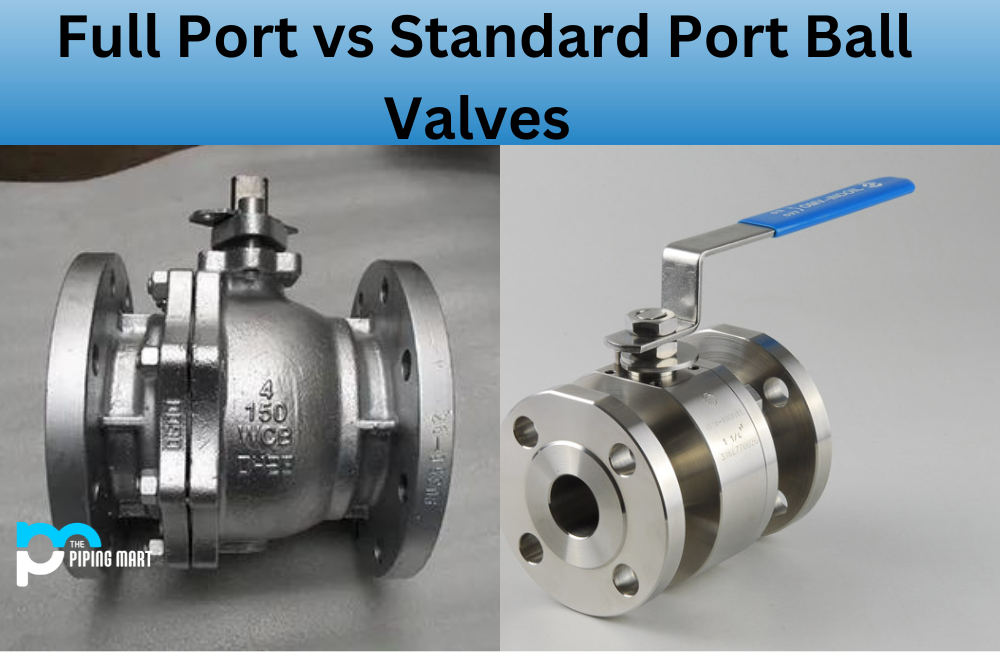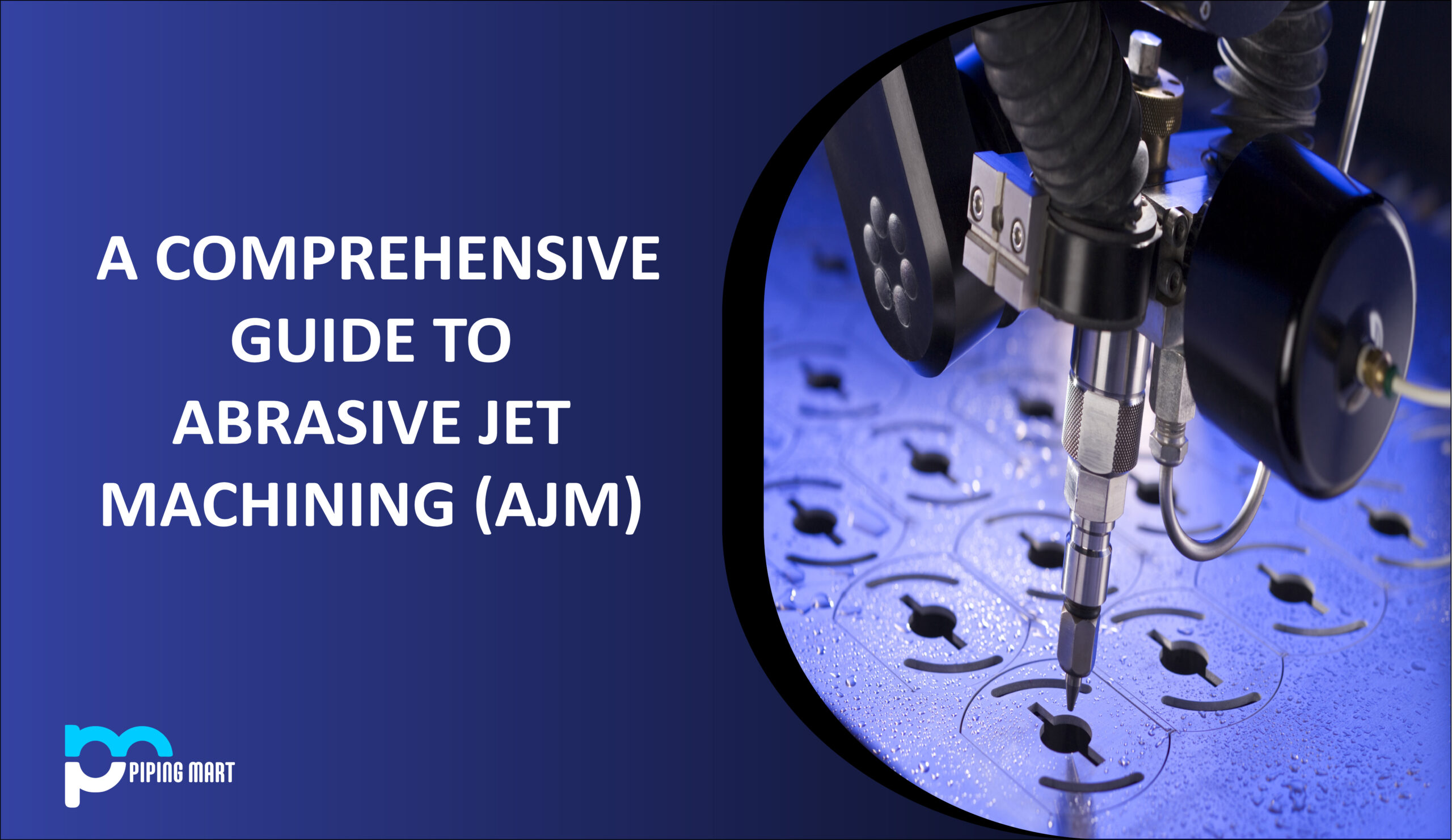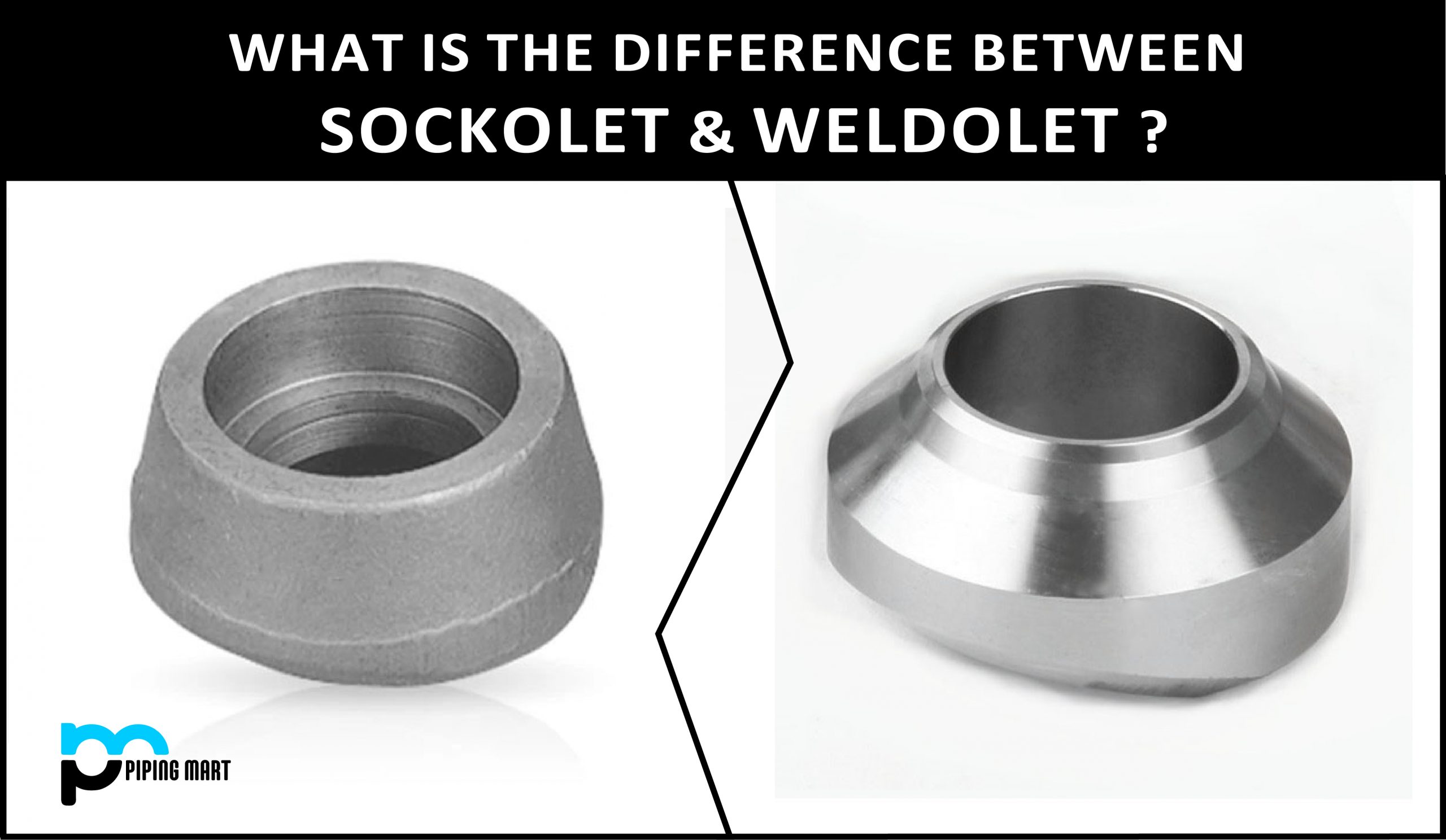Ball valves are a popular industrial valve choice for many different applications. There are two types of ball valves, full port and standard port. It is important to understand the difference between these two types to decide which type best suits your needs.
Difference Between Full Port and Standard Port Ball Valve
The difference between full port and standard port ball valves can be found in their design. A full port ball valve has a larger internal diameter than a standard one, allowing for more flow through its ports. When using a full port ball valve, you will experience less pressure drop than with a standard port ball valve. Full port valves also have better temperature control capabilities since they allow for more flow across their surface area.
Standard port ball valves have smaller ports than full port ones, causing them to accumulate more pressure during operation due to the restricted flow of fluids through their passageways. This makes them ideal for applications that require higher pressure control or regulation since they can help control fluctuations in fluid pressure levels. However, this restriction on fluid flow also makes them less suited for applications requiring faster circulation rates or more heat transfer capabilities due to their reduced surface area.
Both full and standard port ball valves are made of durable materials such as stainless steel, brass, and plastic, making them suitable for high-pressure applications like oil and gas pipelines or water systems. Each type has its advantages and disadvantages depending on the application it is used for; therefore, it is important to understand the differences before selecting one over the other.
- Port size is the primary difference between full port and standard port ball valves. A full-port ball valve has a larger port, which allows for more flow through the valve. A standard port ball valve has a smaller port, which restricts flow through the valve.
- Full port ball valves are more expensive than standard port ball valves. This is because they are larger and require more material to manufacture.
- Full port ball valves are better for applications that require high flow rates. This is because the larger port allows for more flow through the valve.
- Standard port ball valves are better for applications that do not require high flow rates. This is because the smaller port restricts flow through the valve, which can save money on energy costs.
- Full and standard port ball valves are available in various materials, including brass, stainless steel, and plastic.
Conclusion:
Full and standard port ball valves provide reliable solutions for various industrial applications; however, understanding the differences between each type is essential in choosing which one is right for you. Full ports offer greater efficiency due to their larger internal diameter, while standard ports provide better regulation capabilities due to their restricted passageways. Ultimately, it comes down to understanding your application’s requirements and determining whether a full or standard port fits your needs. With this knowledge, you can confidently select the right type of ball valve for your project!
Meet Heer, a dynamic and driven writer learning tricks of her trade in the metal industry. With a background in Digital Marketing, Heer brings a unique perspective to her writing, sharing valuable insights. Apart from blogging she like reading and hiking.




